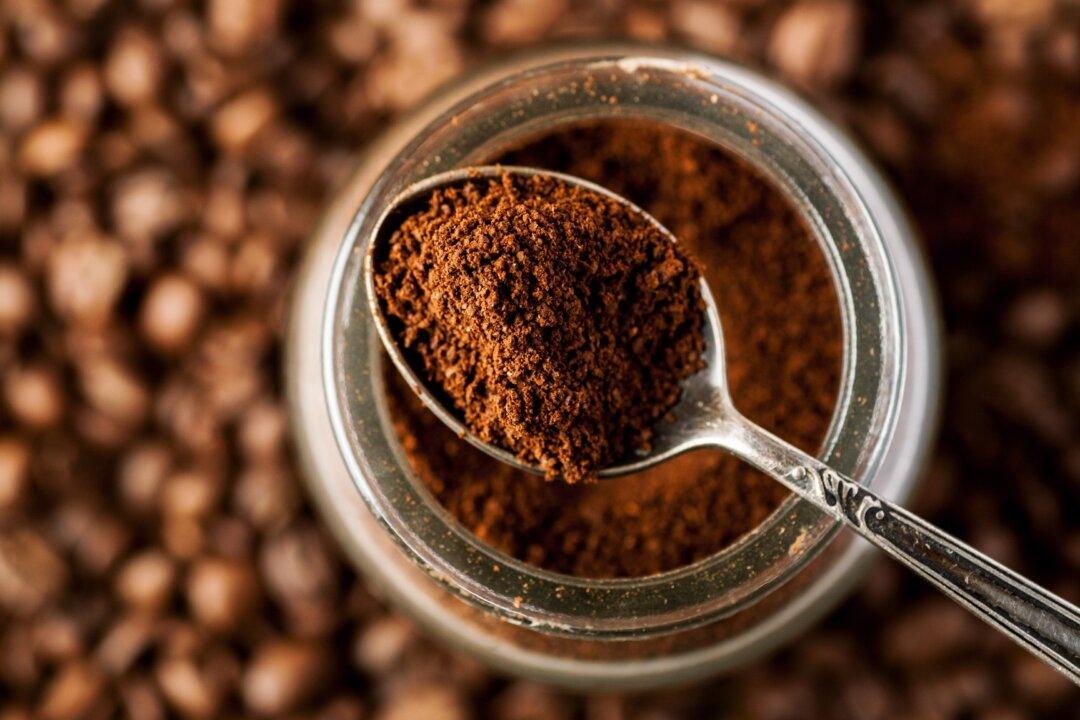Coffee prices had their best year in a decade, climbing more than 76 percent and making the bean the top-performing commodity of 2021. Can coffee brew up more gains in 2022?
Like other assets over the past year, the supply chain squeeze and fierce simultaneous global demand have played notable roles in coffee’s boom. But other aspects have supported prices too.





